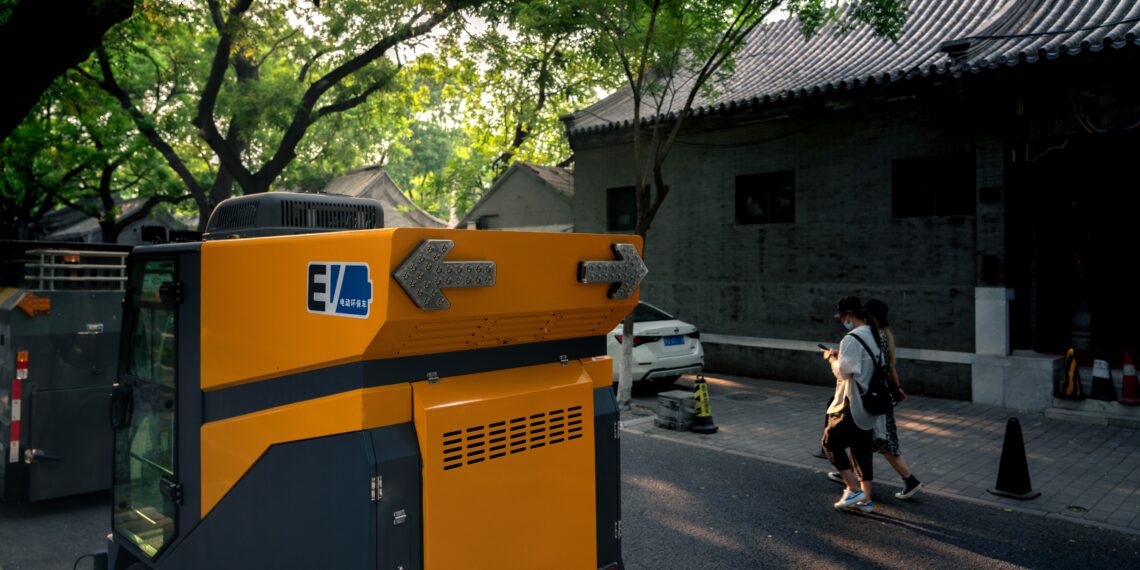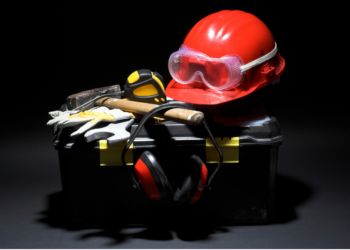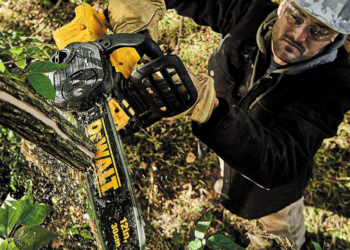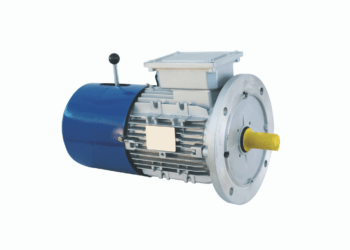A generator is an equipment that transforms mechanical power into electrical power as an outcome. This mechanical energy is supplied to the generator via an external electrical system. This electrical energy produced by the generator is then reserved in the batteries or provided to homes, shops, and offices.
Modern generators work on the principle of electromagnetic induction. This principle was discovered by Michael Faraday. According to this principle if two insulated copper wires are wrapped around the metallic iron ring. Then passing the current through any one of these coils induces the current into the second coil. The generator works on the same principle. A conductor coil is known as an armature. This armature is connected to any mechanical energy source like engine, motor, etc. This mechanical energy is supplied by any renewable energy sources or fuels like petrol, diesel, etc. This mechanical energy then rotates the coil. This motion will produce the voltage distinction between the two edges of the cord. Electric charges will flow and then an electric current will be generated.
Features of Electric Generators
Fuel
Various fuel systems are available for generators. It includes both renewable and nonrenewable energy sources. Some options are natural gas, diesel, petrol, etc. Before buying any generator you should consider the fuel options and fuel systems.
Noise
Modern-day generators are equipped with noise-reducing technology. These generators are specially designed to reduce noise pollution.
Portability
Some generators are portable. These are equipped with handles or wheels that make them easy to carry from one place to another.
Components of the generator
Fuel system
Generators work on a variety of fuels. Smaller engines work on gasoline while large engines operate on natural gas, propane gas, or diesel. The fuel tank of the generator usually works from 6 to 8 hours.
The fuel tank is present on the floor of a generator or is fixed on the top of the generator. For large-sized generators, external fuel in the tank is introduced. A pipe connection should be present from the fuel tank to the engine. In this way, fuel can be easily supplied from fuel tank to engine or engine to fuel tank via pipeline. Ventilation pipes and overflow pipes are also required to avoid pressure build-up or any overflow of the tank.
The fuel filter is also present to filter the fuel from water and other particulate matter.
Engine
The engine is the main part of the generator. Several things should be kept in mind while examining the engine. The type of fuel used by the engine is the most important thing to consider. Engines are of two types.
● Overhead Valve engine
● Non-overhead valve engines.
OHV engines are expensive and their intake or exhaust valve is located on the top of the engine. OHV engines are user-friendly and possess a compact design.
They are extremely durable and produce less noise and fewer emissions during operations as compared to non-OHV engines. OHV engines also feature cast iron sleeves in their cylinders. It enhances the durability of the cylinders.
Voltage regulator
The voltage regulator is also present in the generator which helps to maintain the voltage produced by the generator. This voltage regulator converts AC voltage to DC. This DC is then sent to exciter windings. Where DC is converted to AC. These exciter windings are connected to rotating rectifiers. AC is then converted to DC. This current is then given to the rotor. A higher amount of AC voltage is then produced in the rotor or armature. This cycle continues until the generator reaches its maximum capacity. Production of DC becomes less with an increase in the output of the generator. Until a state of equilibrium is attained where the amount of DC is just enough to regulate the generator’s output.
Lubrication system
Generators should be lubricated to enhance durability. It is lubricated by oil. Lubricating oil is stored in the generator’s engine. It should be changed after a few days.
Difference Between Electric Generators & Alternators
Both are similar in designs and principles yet there are some major differences also.
- Generators produce both AC and DC while alternators produce only AC current.
- Alternators are used in small applications like automobiles etc. While generators are used to supply electricity to shops, homes, and huge areas.
- Generators possess stationary fields while the alternators possess magnetic fields.









